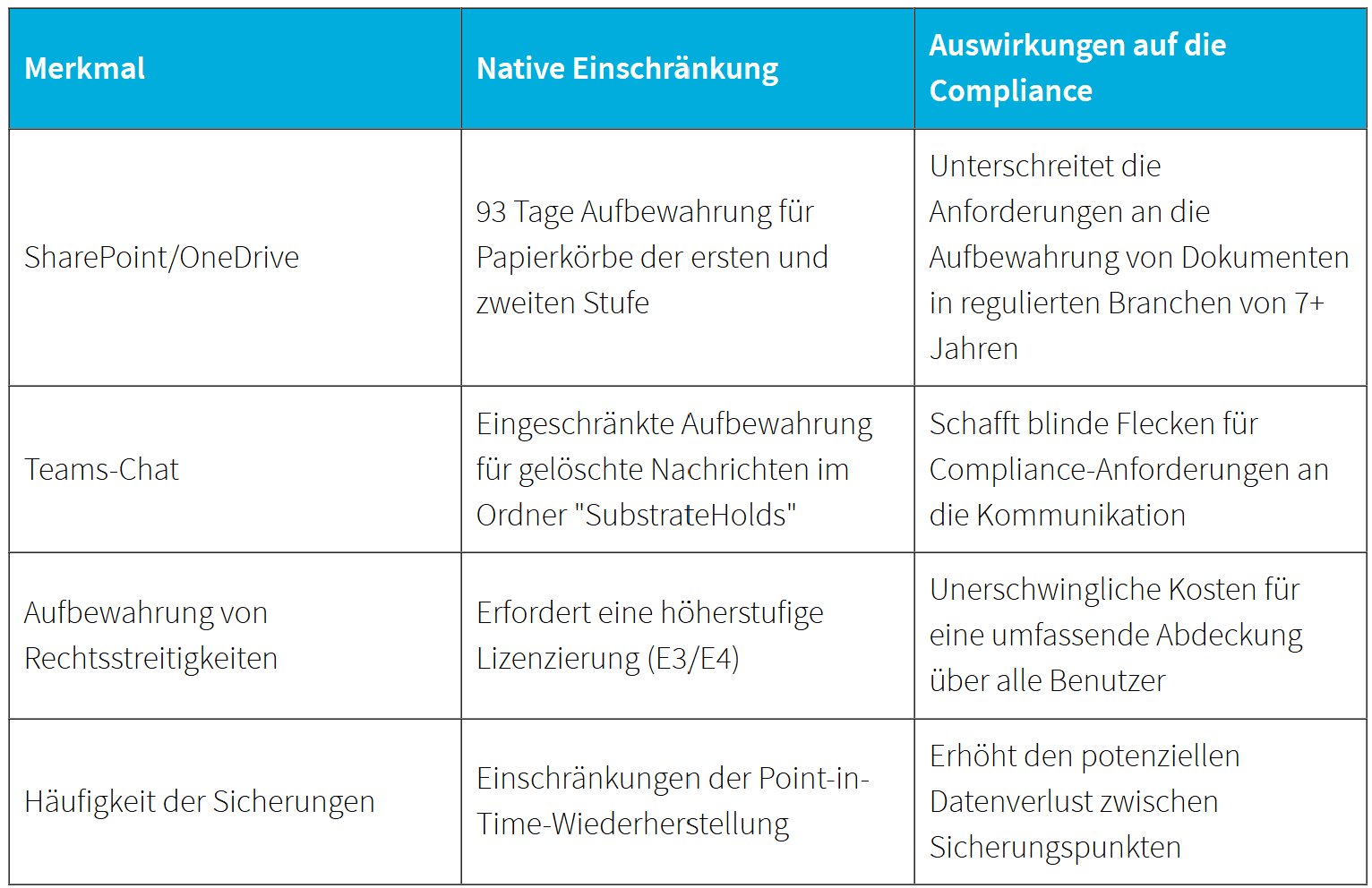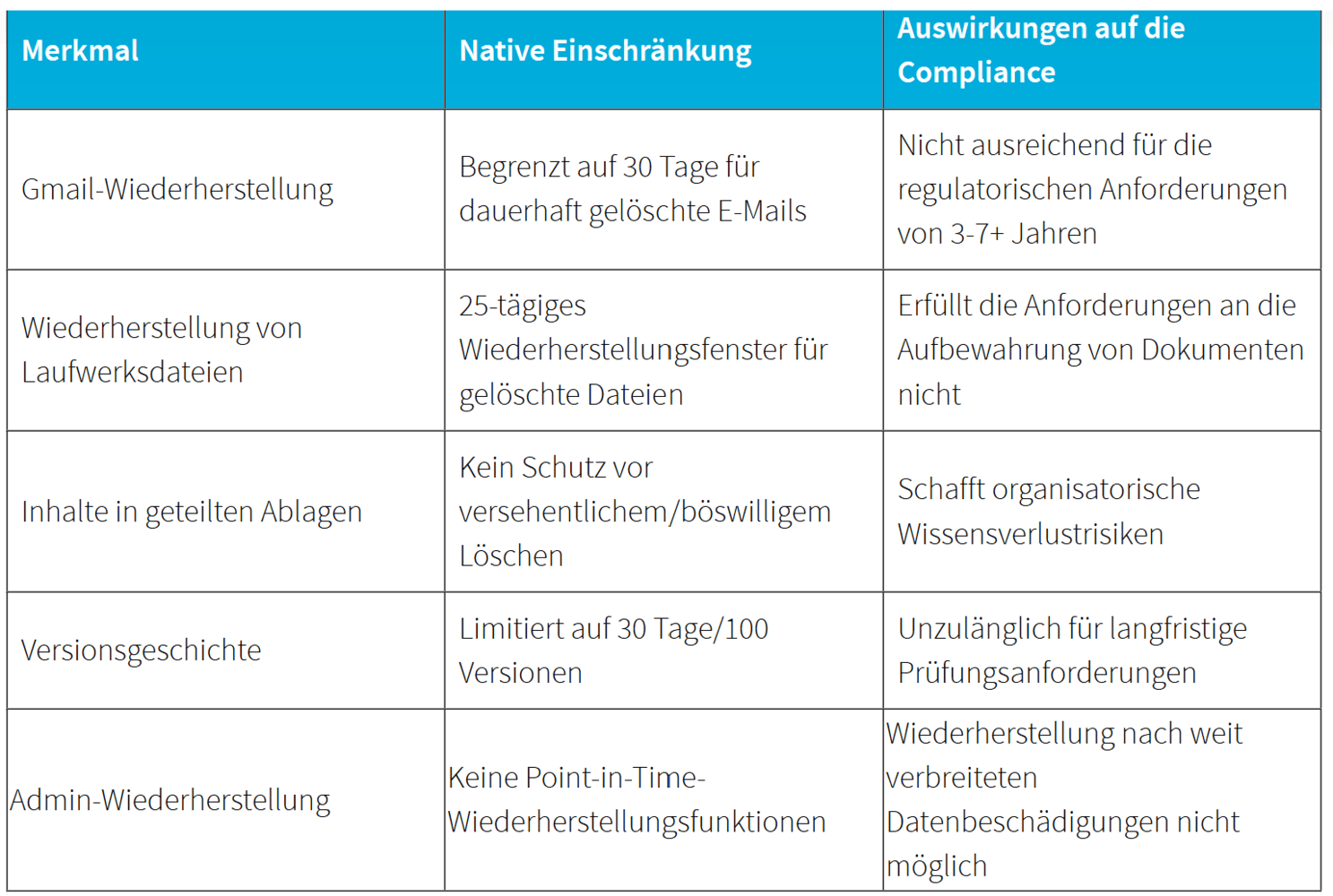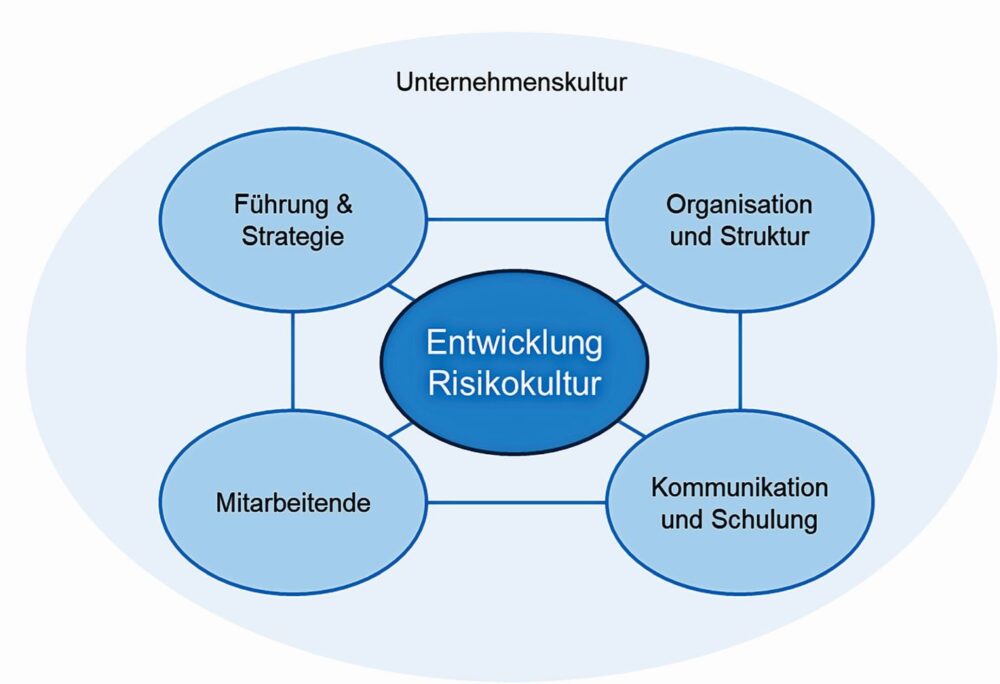SaaS third-party solutions: Overcoming compliance challenges
Compliance with data retention policies is essential for organizations to ensure that valuable information is stored securely and that industry regulations, no matter how complex, are adhered to. These governance frameworks define how organizations manage sensitive data - from its creation and active use to its archiving or destruction.

Today, many companies rely on SaaS applications such as Microsoft 365, Salesforce and Google Workspace. However, moving processes and data to the cloud has created a dangerous gap in the reliability of data retention, as the default retention capabilities of third-party providers often do not meet compliance requirements or data protection objectives. This puts organizations at significant risk as they wrongly assume that their SaaS providers are fully compliant with their retention obligations.
Why data retention policies are important in SaaS environments
Effective data retention policies can help. They regulate the entire lifecycle of business-critical information and define clear guidelines for retention - including time frames, storage methods and deletion protocols. These guidelines form a governance framework that helps companies to protect themselves against compliance breaches or unexpected data loss. And it's not that easy, because the complexity of SaaS platforms has fundamentally changed the data management landscape and brought with it new challenges in handling data. For example, when sensitive information resides in vendor-controlled cloud environments rather than on-premises, traditional approaches to data governance fall short. The fact that SaaS data often resides in multiple locations, sometimes with limited visibility and control, creates significant difficulties in maintaining consistent, compliant retention practices.
This challenge is particularly great for companies in highly regulated industries with strict compliance requirements. For example, healthcare providers dealing with HIPAA requirements, financial institutions adhering to FINRA (in Switzerland: FINMA) regulations, and global organizations subject to GDPR face specific compliance requirements that are often not adequately met by standard SaaS vendor engagement settings. These regulations typically require longer retention periods, more granular controls and more robust audit capabilities than are common with most SaaS applications, creating a critical gap that requires immediate attention.
Know, understand and implement provider-specific challenges
Microsoft 365
Despite the robust feature set, it's important to realize that Microsoft 365 data retention is limited. The platform has retention restrictions specifically for Exchange Online and SharePoint data, so it may not meet all organizations' compliance requirements.

Salesforce
Salesforce environments come with their own set of challenges. Organizations that rely solely on native Salesforce capabilities often face significant compliance gaps resulting from the platform's limited backup options, which are essentially restricted to a basic "recycle bin" function that doesn't match true retention management capabilities.

Google Workspace
In Google Workspace environments, special retention restrictions apply to Gmail communications, Drive documents and spreadsheet data. This has a particular impact on distributed work scenarios where business-critical information is constantly being created and shared with remote teams. While Google offers retention capabilities through Google Vault, these are not identical to privacy compliance and eDiscovery purposes.

A comprehensive data retention strategy is needed for SaaS applications
These examples show: IT professionals need systematic guidance and purpose-built tools to identify and assess retention gaps in SaaS environments. This assessment should thoroughly examine the native retention capabilities of each SaaS platform in light of the organization's specific regulatory obligations and established data governance policies.
Reliable retention is an important element of data management that has two levels of meaning: One refers to retention, which is the period of time that backup data is stored in a dedicated backup solution. The other refers to how long a platform such as Microsoft 365 or other primary SaaS tools retain deleted data before deleting it. The link between these two definitions is often overlooked and emphasizes the urgent need for a comprehensive backup solution, such as Arcserve SaaS Backup. This solution helps close that gap by securely managing retention from a backup perspective. It ensures that deleted data is protected well beyond the limits of a SaaS provider's retention policy, providing both security and a powerful safety net for an organization. Arcserve SaaS Backup is a comprehensive cloud-native cloud-to-cloud backup solution and can be deployed in SaaS application clouds such as Microsoft Office 365, Entra IDMicrosoft Dynamics 365, Salesforce, Google Workspace and Zendesk.









